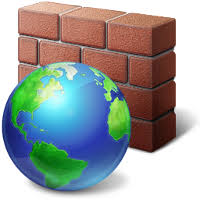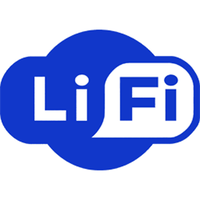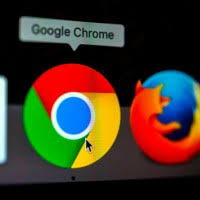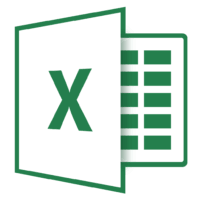External hard drives play a crucial role in transferring files between Mac and other devices, as well as providing backup solutions for individuals and organizations dealing with large volumes of essential data. Unfortunately, it’s not uncommon for external hard drives to become corrupted and stop working without warning. When these issues arise, it’s essential to know how to recover data from a corrupted external hard drive on Mac. In this article, we will guide you through the process of fixing a corrupted external hard drive, ensuring that your valuable data remains safe and accessible.
Understanding Corrupted External Hard Drives on Mac
Corruption of a hard drive on Mac is typically caused by logical errors within the drive’s partition table. These errors can lead to difficulties in mounting, reading, and accessing the drive, affecting various capacities such as USB flash drives and SD cards. Several symptoms can indicate a corrupted external hard drive on Mac:
1. Inaccessibility and failure to open the external drive.
2. A message stating, “The disk you inserted is not readable.”
3. Mac’s inability to recognize the plugged-in external hard drive.
4. Sluggish performance of the external hard drive on macOS Ventura.
These symptoms serve as warning signs that your external hard drive is experiencing issues. It’s crucial not to wait until the drive fails to appear on your Mac. Even if the drive seems to work after displaying any of these signs, it’s advisable to cease using it until you have repaired the device. In the event of file loss, data recovery on Mac must be initiated promptly.
Common Causes of Hard Drive Corruption
Multiple factors can contribute to disk corruption. In order to determine the root cause of your disk corruption, it is recommended to utilize the Mac Console, which is an effective tool. Moreover, accessing the Mac Console is straightforward. To access the Console, simply navigate to Utilities from the Finder and locate it. By effectively utilizing the Console’s report options, you can gain valuable insights into the reasons behind your drive’s malfunction. These reasons may include various factors such as disk crashes, connection issues, or file corruption. By accurately identifying the actual causes of external hard drive corruption on Mac, you can significantly streamline the repair process and ensure the successful restoration of your files. Consequently, this thorough investigation will enable you to take the necessary steps towards resolving the issue promptly and effectively.
Methods to Fix a Corrupted External Hard Drive on Mac
Using Disk Utility
Disk Utility is an invaluable built-in tool for Mac that can rectify common basic hard drive errors, including disk corruption. Follow the steps below to fix disk corruption using Disk Utility:
1. Launch Finder and go to “Applications” utilities, then select Disk Utility.
2. Choose the corrupted drive from the drive list in the sidebar.
3. Click on “First Aid” at the top of the Disk Utility window and allow the application to run and repair the hard drive. This process may take some time to complete.
Checking IDE/SATA USB Connection
Poor connections can often be the culprit behind suspected disk corruption. Consequently, they can cause a hard drive to not show up on Mac or function properly. Additionally, worn-out cables, loose connections, broken wires, and short circuits are common causes of this issue. To rule out any connection issues, it is essential to follow these steps:
1. Remove any additional connectors and connect the device directly to the computer.
2. Unplug the drive and plug it back into the port.
3. Try inserting the drive into a different port or use it on another Mac computer.
4. Connect the drive to the Mac using a different USB cable.
5. Ensure that you have the latest software updates installed, as this can help minimize potential issues.
Using FSCK Command
If the signs of disk corruption persist even after trying the previous methods, you can attempt to repair the disk using the FSCK command. Here’s how to do it:
1. Locate Finder, go to Utilities, and open Terminal.
2. Type the command “diskutil list” to display all the drives on your Mac.
3. Find the drive you intend to repair and note its drive identifier.
4. Restart your Mac and hold down the “Command + S” keys before the Apple logo appears, entering Single User Mode.
5. Once you enter your user and password, wait for the white text to scroll down and then type the command “/sbin/fsck –fy” followed by Enter.
6. Enter the command “/sbin/fsck_hfs –fy /dev/[drive identifier]” (replace “hfs” with the file system of the external drive and “drive identifier” with the one obtained earlier using the “diskutil list” command).
7. Once the fsck command completes the repair process, type “reboot” into the command prompt and press Enter to restart your Mac.
To safeguard your external hard drive from disk corruption, it’s crucial to use it properly on your Mac. However, in the event of corruption, the methods outlined in this article can assist you in repairing the drive. If the aforementioned methods fail to repair your drive, consider utilizing Disk Drill for Mac, a reliable data recovery software that specializes in retrieving data from corrupted drives. By taking prompt action and following the appropriate steps, you can restore your corrupted external hard drive on Mac and regain access to your valuable data.








